This Medicinal Herb is a Must-Have in Your Garden or Flower Bed
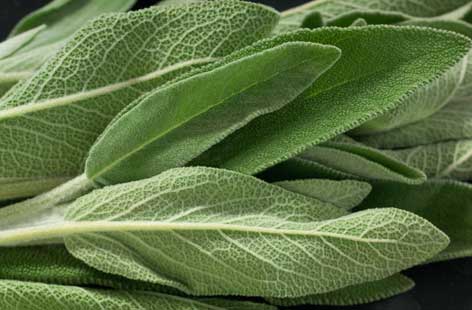
|
Ads we feature have been independently selected and reviewed. If you make a purchase using the links included, we may earn a commission, which helps support the site. Thank you for your support.
Sage (Salvia officinalis) is a medicinal herb that offers a powerful effect against both viruses and microbes which makes it important in these times of the COVID-19 pandemic. It has been used for centuries by herbalists worldwide. The name Salvia comes from the Latin word “salvus” which can be translated as “I save” or “I heal.”
Many plants in your garden perform more than just providing food. Whether you are a prepper or not, you likely grow some of these plants to repel mosquitos, for example. Some herbs, like mint, do double-duty. Sage is primarily medicinal. The Romans were the people who began using sage extensively so it has a long history.
The Medicinal Benefits of Sage
- A Powerful Disinfectant. A sage decoction (boiling in water to extract the benefits) and gargle to clean your mouth and treat various inflammation of the mouth. Use it externally to treat skin wounds and inflammation. Rub it on or add it to your bath.
- Sage as an Anti-Inflammatory. It can treat inflamed gums, mouth ulcers, and many other irritations. Chew fresh leaves or make a poultice and apply it to your cold sores on your lips or nose. It’s no wonder that sage is one of the most common ingredients in toothpaste.
- Use it to Eliminate Indigestion. Do you suffer from indigestion? Like the medicinal herb lemon balm, sage is your friend. Just add it to your line-up of bread baking ingredients or to your cooking.
- Gallbladder Booster. Adding sage to your daily meals will stimulate the gallbladder.
- Sage Tea for Cleansing. Some believe that half of a gallon of a mild sage decoction can cleanse your intestinal wall, helps cure polyps, and kills harmful parasites. That’s a lot of curative power. Some believe it is effective as a liver detox method.
- Cell Protection. Sage can help protect your body’s cells from damage resulting from free radicals due to its high antioxidant capacity. Free radicals often cause cells to die and can lead to impaired immunity and chronic disease. They can be formed either naturally in your body by means of your normal metabolic processes or from external factors like X-rays, cigarette smoke, air pollutants, and exposure to industrial chemicals.
- Alzheimer’s Treatment. An article in the US National Library of Medicine reports, “In vitro and animal studies have confirmed that several Salvia species contain a large array of active compounds that may enhance cognitive activity and protect against neurodegenerative disease.” It goes on to say, “In this 4-month study, participants allocated to the active-drug condition (60 drops of S. officinalis daily) experienced significantly greater improvements in cognitive function as measured by the Alzheimer’s Disease Assessment Scale, and the Clinical Dementia Rating Scale.”
- Lowers Blood Glucose and Cholesterol. Another article in the US National Library of Medicine reported, “Conclusions: S. officinalis leaves may be safe and have anti-hyperglycemic and lipid profile improving effects in hyperlipidemic type 2 diabetic patients.”
Growing Sage
- Sage is resistant to both cold and heat; its cold hardy to -30°.
- It flowers during the summer.
- Plant it in full sun; it will tolerate partial shade but the flavor will be reduced.
- Cultivate it in well-drained soil. Sandy loam is preferable but it will grow in average soil too. It prefers a soil pH of 6.0 to 6.7.
- You can start sage seed indoors as early as 6 to 8 weeks before the average last frost date in your growing zone.
- Or, sow seed in your garden during late spring after the last frost. Sow seed shallowly, ¼ inch deep.
- For companion planting, grow sage with chives and calendula, cabbage, carrots, strawberries, and tomatoes. It is believed to deter cabbage-family pests such as imported cabbage worms and root maggot flies. The flowers attract bees and other beneficial insects to your garden. Sage will stunt the growth of cucumbers and has a negative effect on onions.
It’s easy to see why you should grow sage in your garden. Whether you plan to use it for natural medicine, as an ornamental, or for companion planting, it will enhance your property. Always grow organically; what you put in your soil ends up in your body.
Related Content
- 6 Plants That Repel Mosquitos
- Growing Mint: An Herb Garden Staple
- Basil: a Savory Addition to Your Herb Garden and Kitchen
- Lemon Balm: Uses, Benefits, Growing
- Liver Detox – Fact or Fiction?
- 8 Benefits of Hibiscus Tea
- Health Benefits of Tart Cherries
- Indoor Gardening: Basic Hydroponic Tools and Equipment
- Companion Planting Guide for Your Veggie Garden
- Endless Crop of Green Onions, Chives
Looking for more great content? Visit our main page or partner sites:
I offer article and blog-writing services. Interested? Contact me for a quote!
Did you find this article helpful? Millions of readers rely on information on this blog and our main site to stay informed and find meaningful solutions. Please chip in as little as $3 to keep this site free for all.





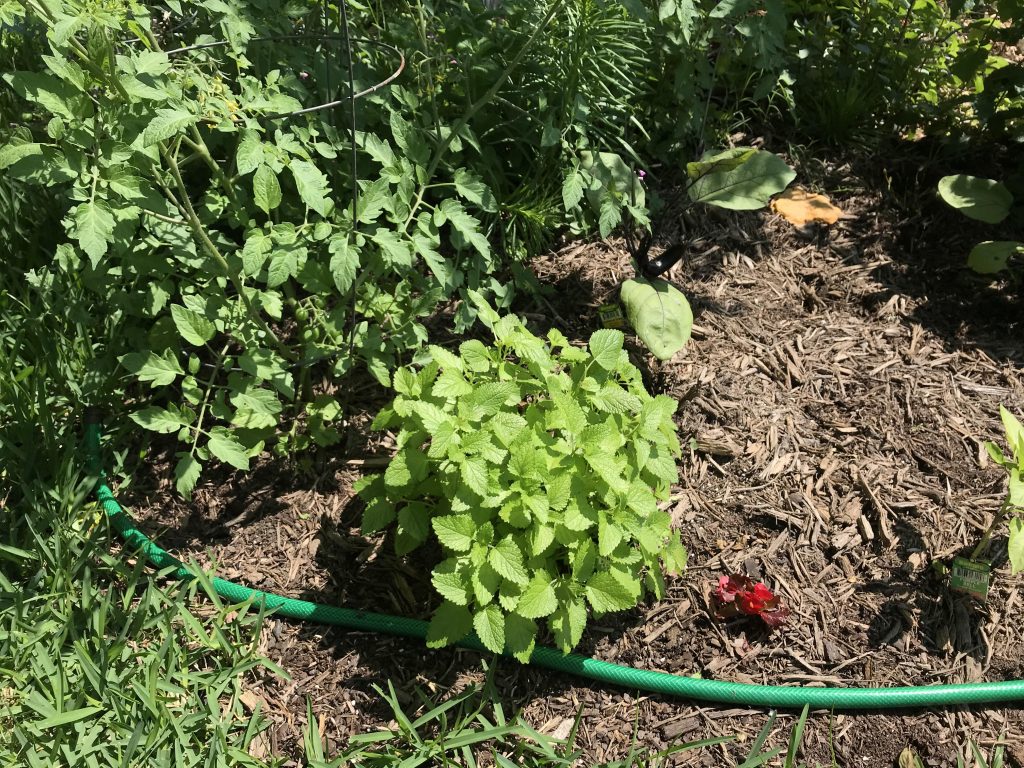





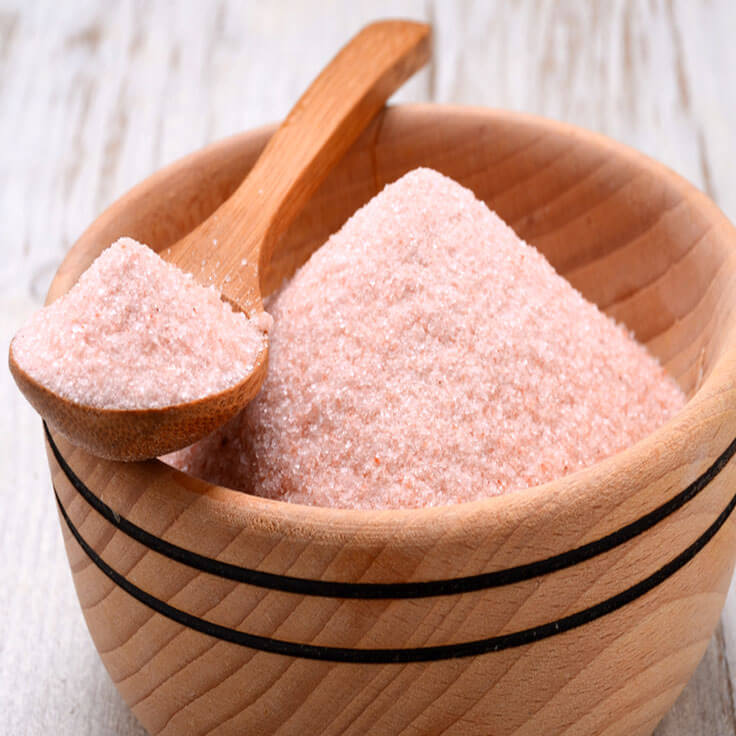

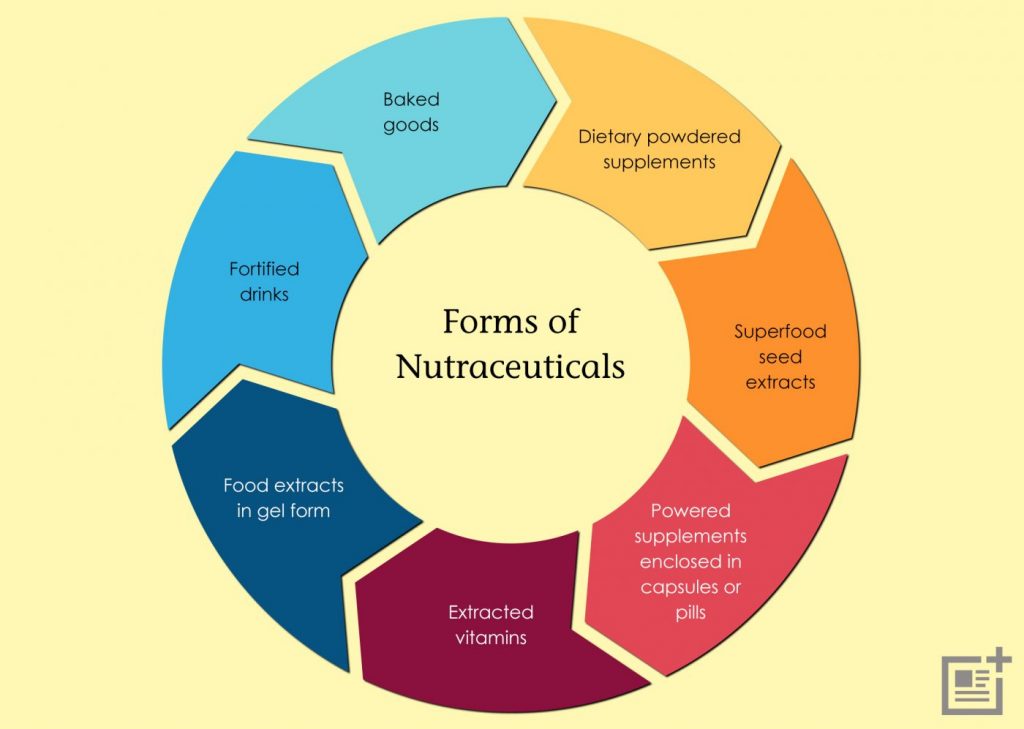


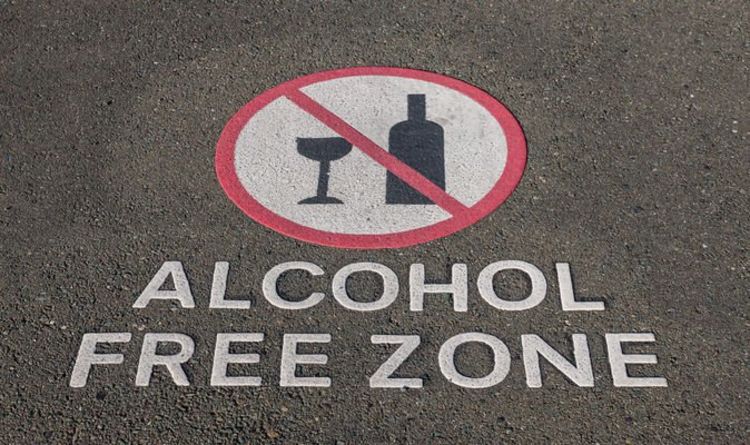


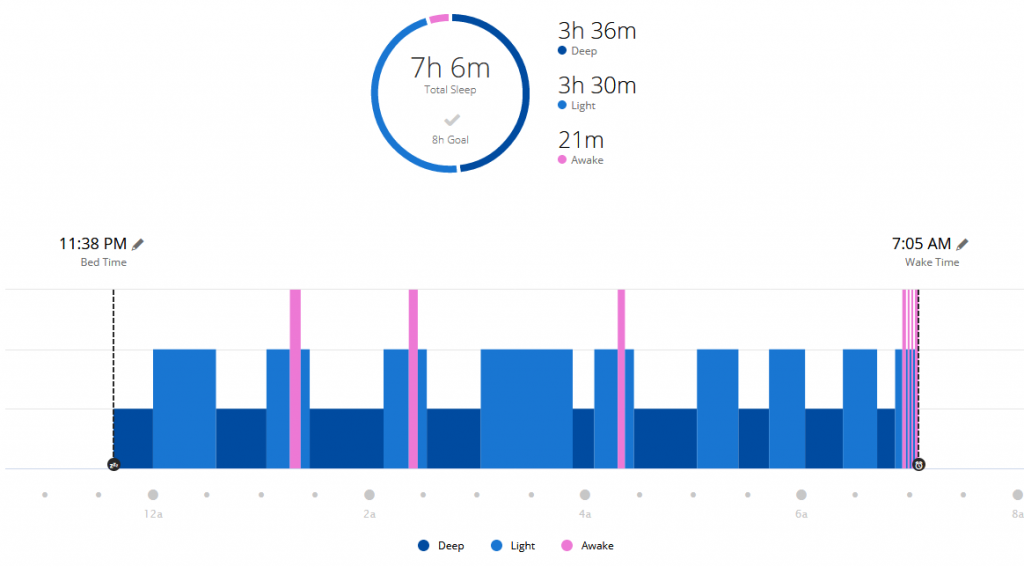

 Kelly R. Smith is an Air Force veteran and was a commercial carpenter for 20 years before returning to night school at the University of Houston where he earned a Bachelor’s Degree in Computer Science. After working at NASA for a few years, he went on to develop software for the transportation, financial, and energy-trading industries. He has been writing, in one capacity or another, since he could hold a pencil. As a freelance writer now, he specializes in producing articles and blog content for a variety of clients. His personal blog is at
Kelly R. Smith is an Air Force veteran and was a commercial carpenter for 20 years before returning to night school at the University of Houston where he earned a Bachelor’s Degree in Computer Science. After working at NASA for a few years, he went on to develop software for the transportation, financial, and energy-trading industries. He has been writing, in one capacity or another, since he could hold a pencil. As a freelance writer now, he specializes in producing articles and blog content for a variety of clients. His personal blog is at 

